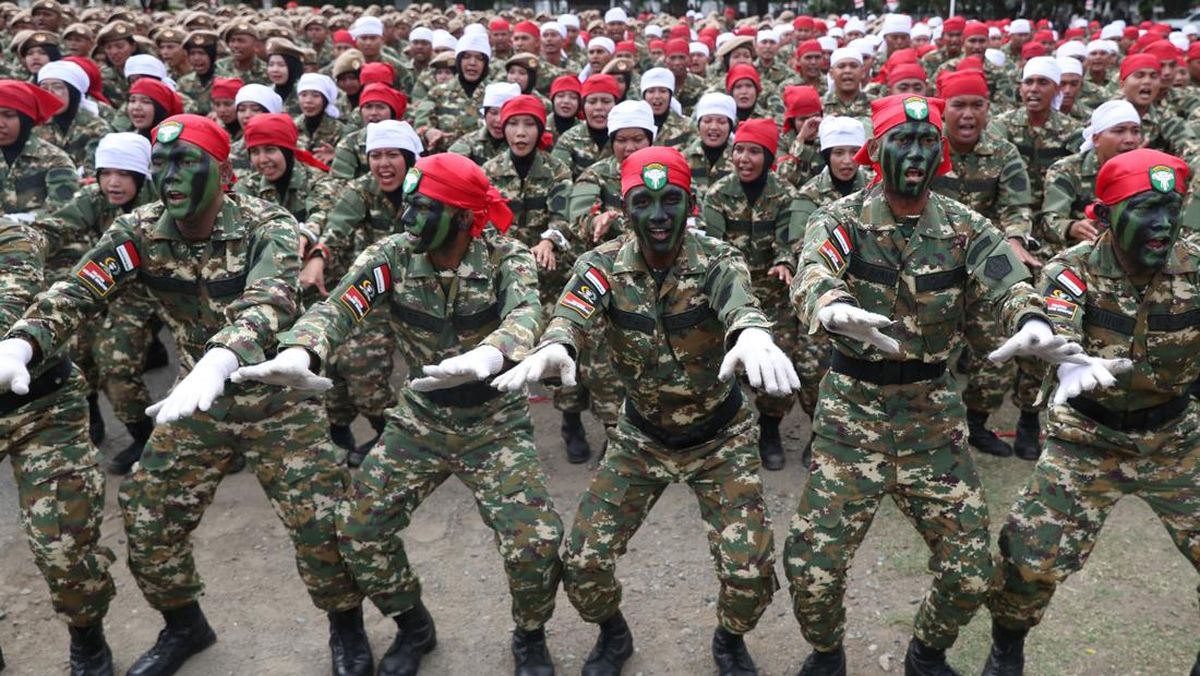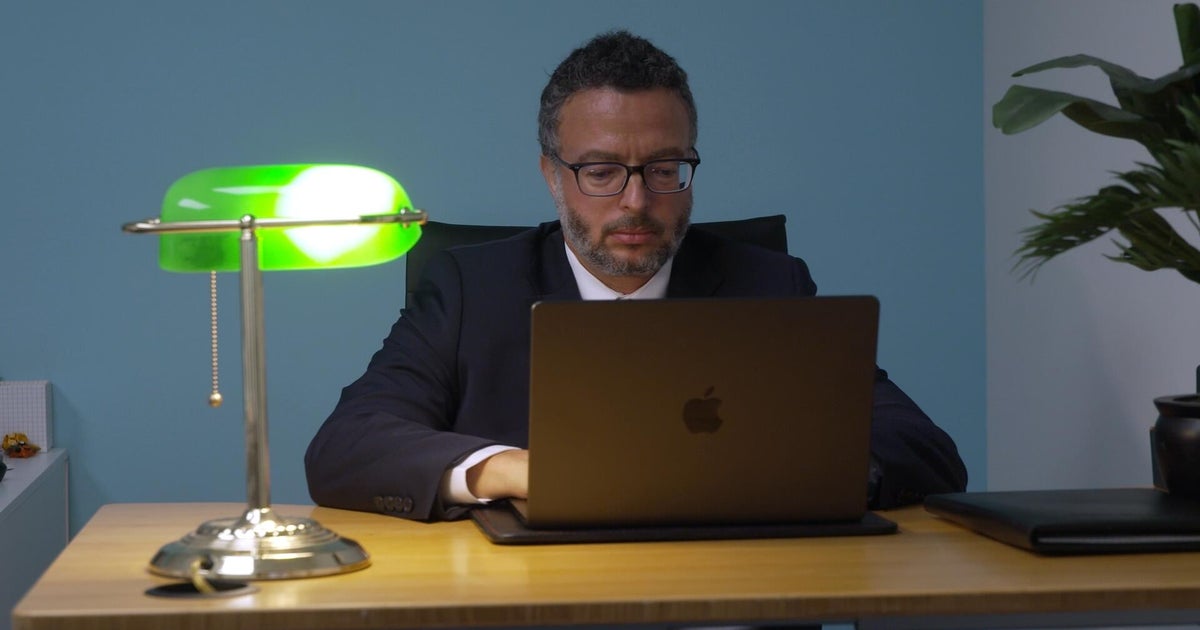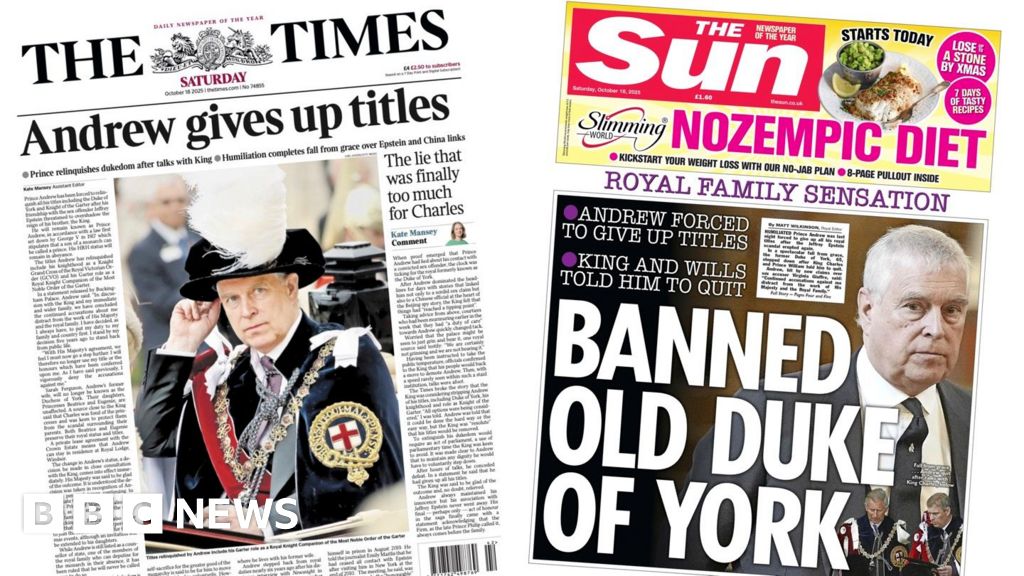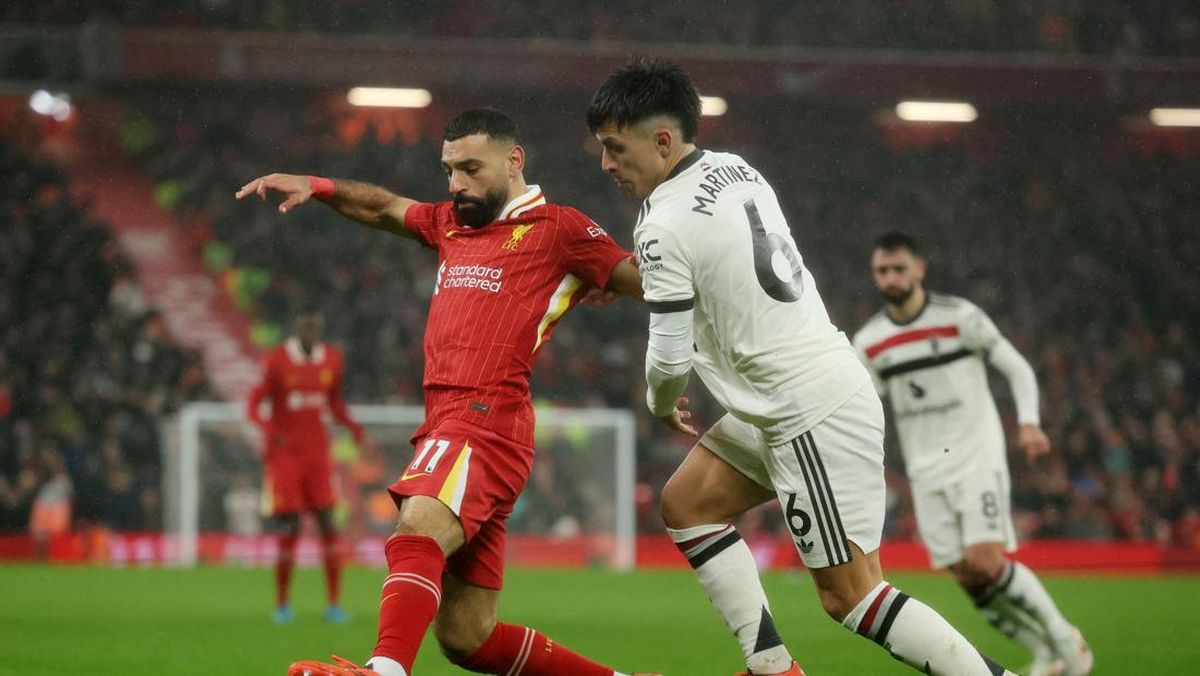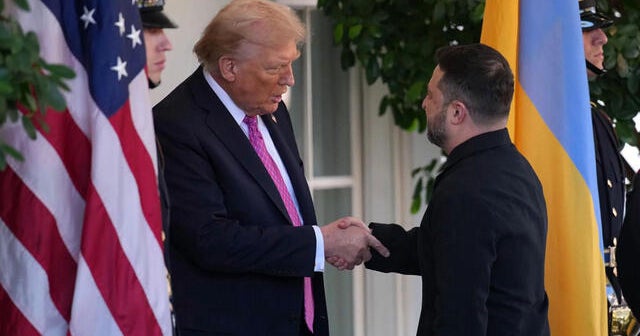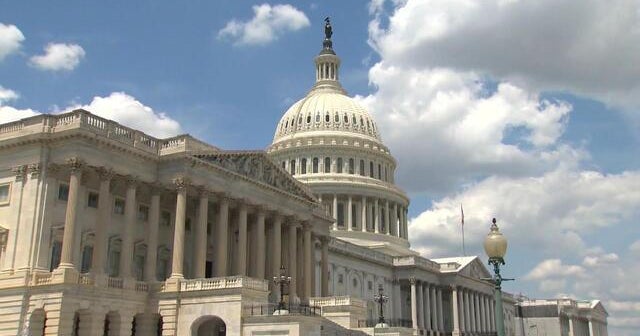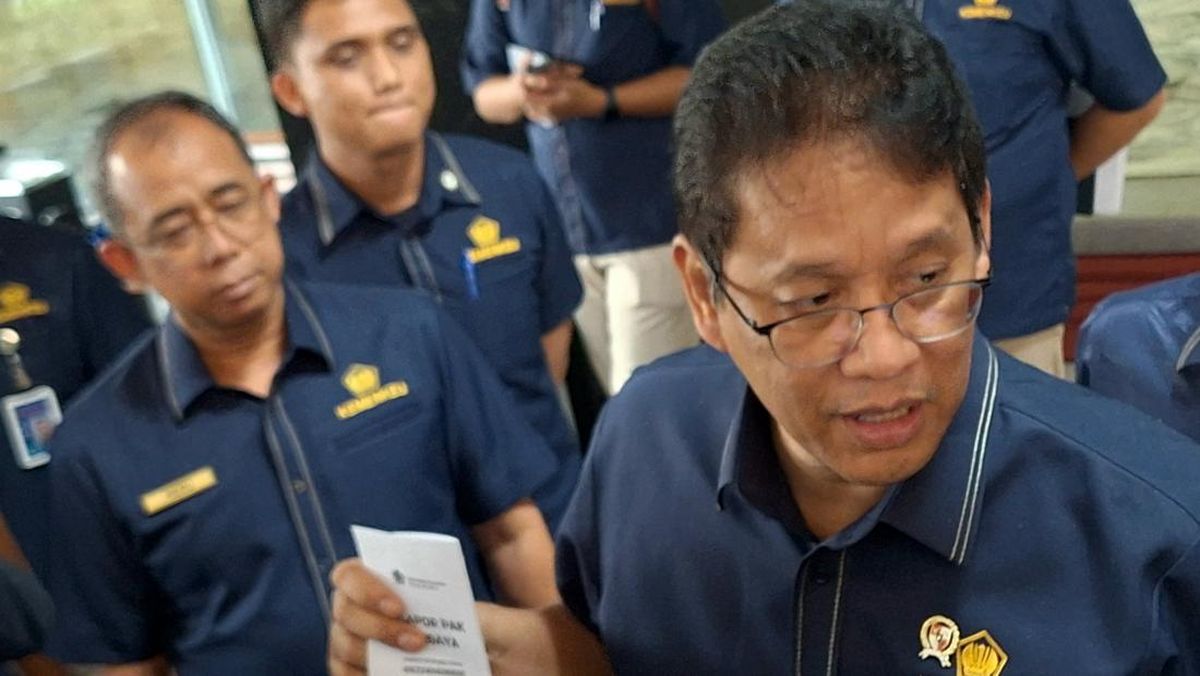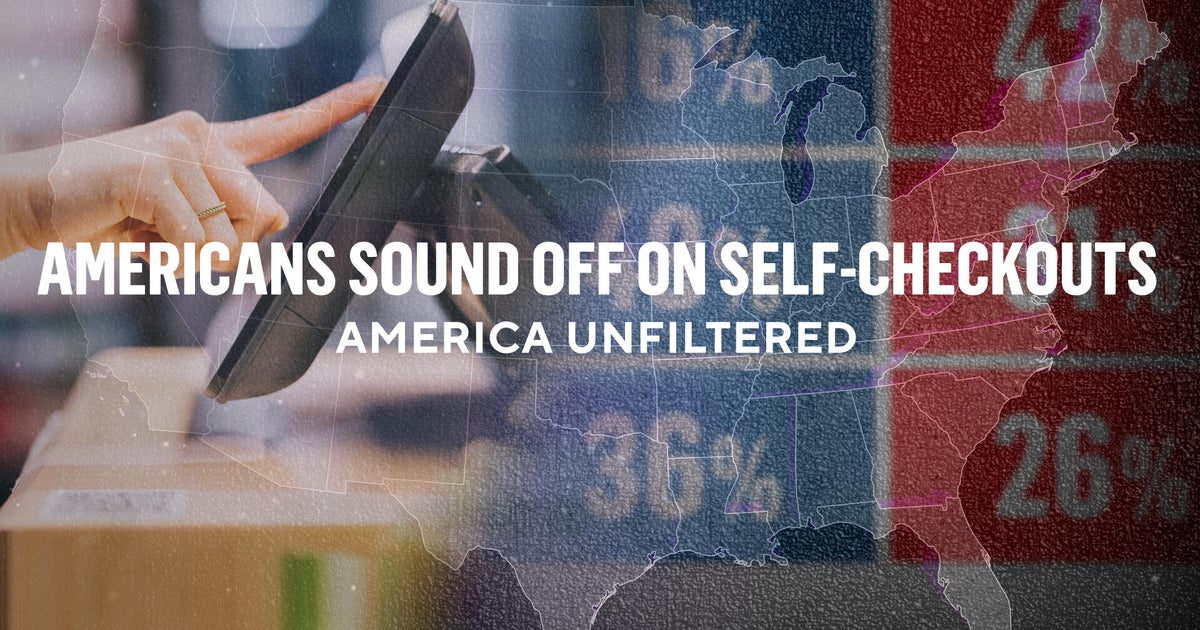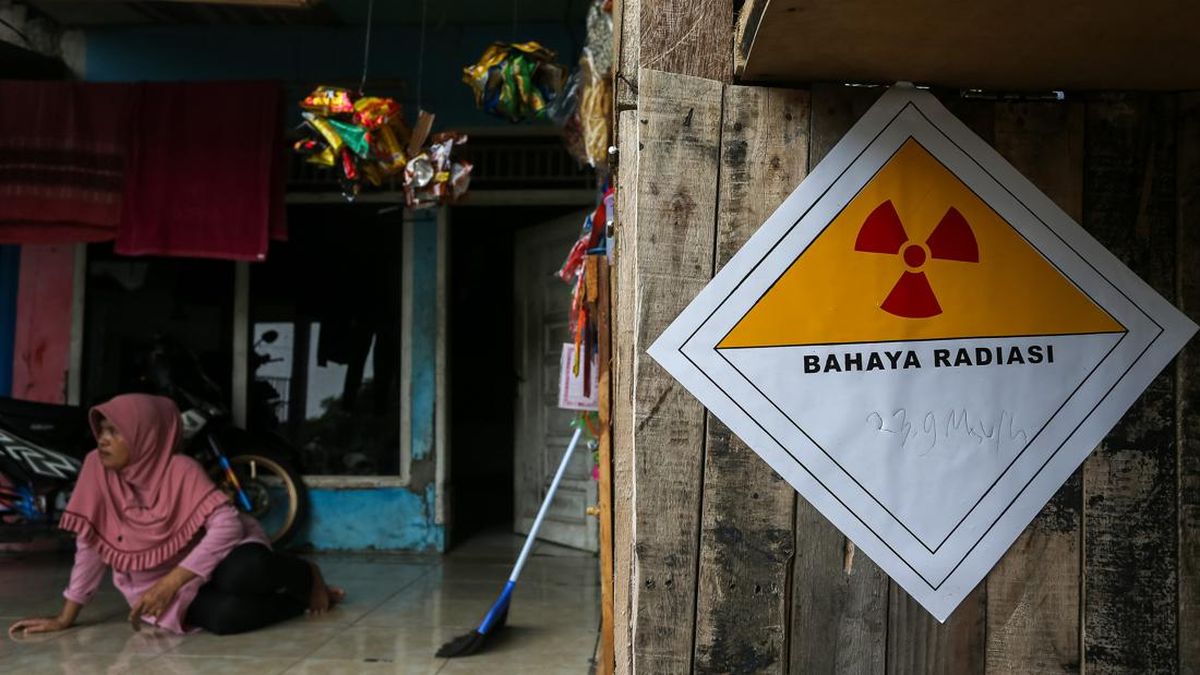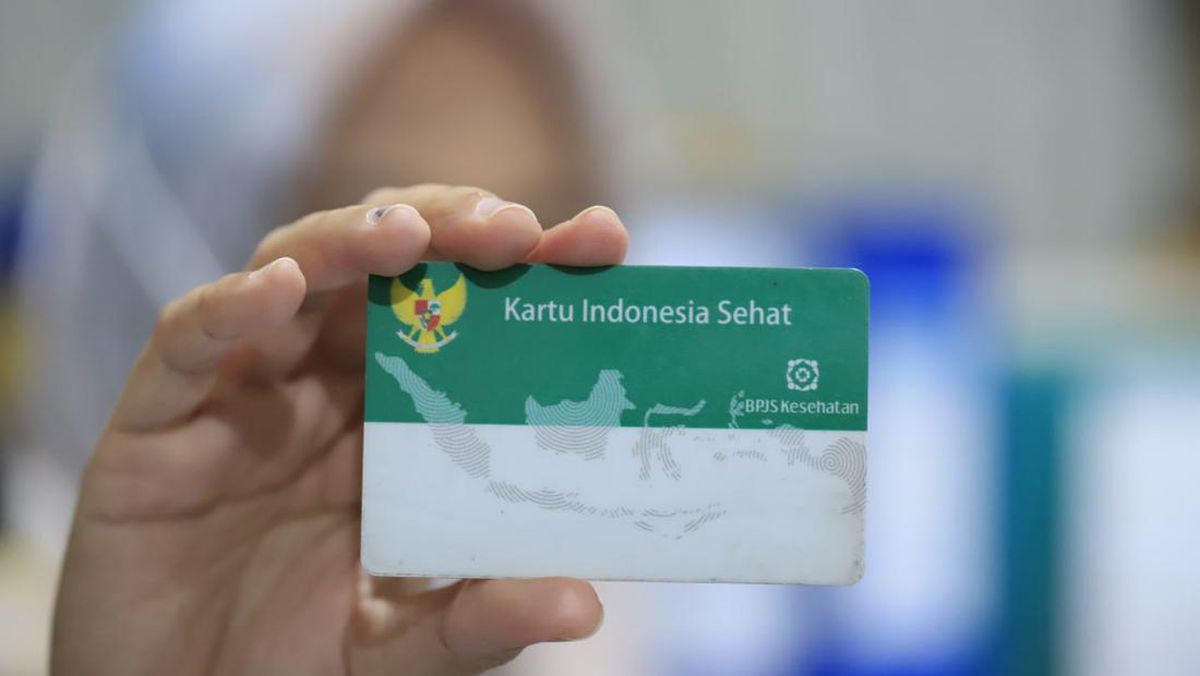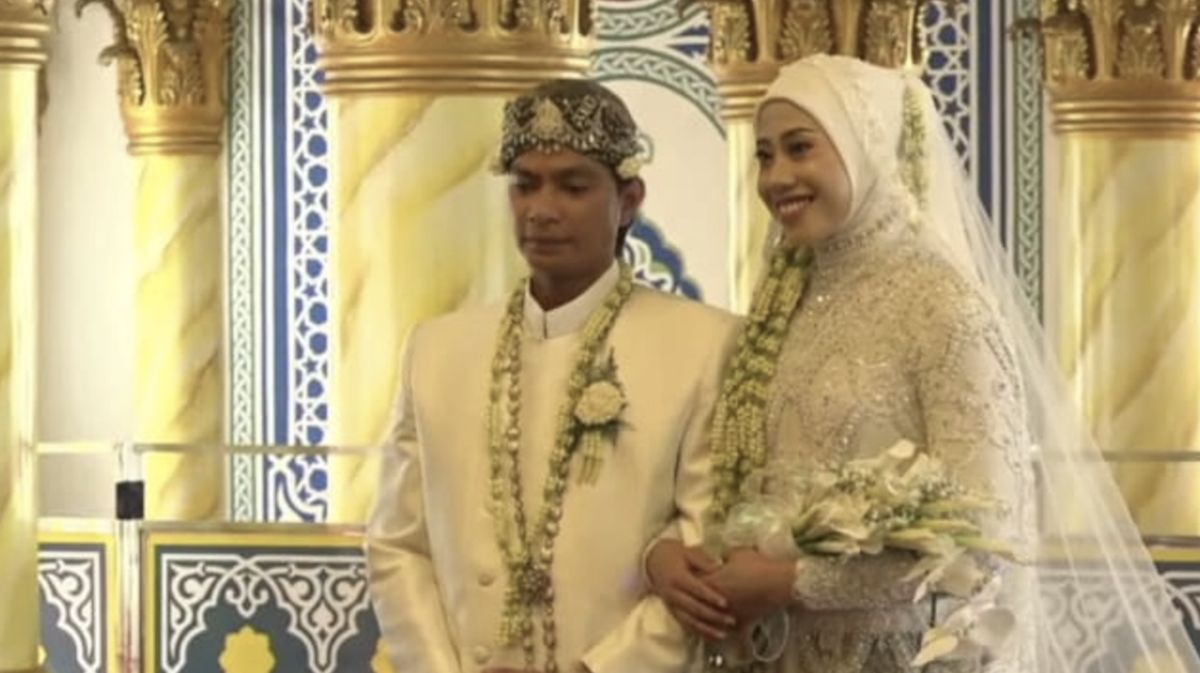The state government has rejected expert advice to list feral deer as a pest in Victoria, and will instead continue to list deer as a protected species.
The decision has dismayed conservationists, alarmed at the rapid spread of the destructive species which now number more than 1 million according to government figures.

A lone deer crossing the road in the Grampians National Park.Credit: Alamy Stock Photo
Victoria is the only mainland state that lists deer as a protected game species rather than a feral pest to be managed, and deer are increasingly encroaching on peri-urban and even urban parts of the state.
The Victorian government has refused for four years to release its response to the 2021 findings of an expert independent panel. It quietly tabled that response on Friday afternoon.
Biodiversity Council co-chief councillor and Yuin man Dr Jack Pascoe was on the expert panel appointed to review the Victorian Wildlife Act, which was introduced in 1975. It had not been reviewed since it became law.
Pascoe said he was disappointed with the government’s rejection of the key finding on deer management, saying the overwhelming majority of public submissions supported listing deer as pests.

A hog deer at Tidal River.Credit: Matt Hoskins / Parks Victoria
“The Victorian public have been really clear about what they consider as appropriate and ... the government has turned their back on both public sentiment and expert reviews.”
The Victorian National Parks Association submission to the review said the Wildlife Act, in its current form, promoted perverse outcomes for habitats and wildlife.
“Rather than having a focus to protect wildlife and their habitats ... the Wildlife Act largely exists to protect exotic game animals like deer and to allow authorisations to control or destroy native wildlife.”
The expert panel recommended Victoria “delist” feral deer as protected game species, and allow for widespread culling programs to take effect, as in other states.

Deer in Sherbrooke Forest, in the Dandenongs.Credit: Alex Maisey
But the government response to the recommendation stated: “The current arrangements are not a barrier to effective deer control.”
Environment Minister Steve Dimopoulos declined to comment.
Invasive Species council chief executive Jack Gough said deer were one of the worst invasive species in Victoria, and the government response was disappointing.
“We know that for too long, the hunting lobby has done all they can to ensure that deer are a protected species, even though they trash, trample, pollute, spread weeds, stop regeneration and have been spreading like wildfire across Victoria over the last couple of decades,” he said.
“The only way to get on top of them is through co-ordinated, professional aerial control campaigns using thermal scopes that are done consistently and are well funded. If governments don’t have that in place, then essentially you are [deciding] to let deer spread, and that has huge costs.”
Victorian National Parks Association executive director Matt Ruchel said Victoria had the deer “infestation of the nation”.
“It’s a really severe problem, and it’s a wicked problem because of the politics of it.”
Loading
The Allan government has been lobbied by recreational hunting and fishing groups seeking to prevent the expansion of existing national parks and creation of new national parks.
Last year, the government refused to adopt the recommendation by a Labor-led Victorian parliamentary inquiry it had established that urged a ban on duck hunting.
The Sporting Shooters Association of Victoria says recreational hunters are allowed to hunt hog and sambar deer during limited times of the year. Red, fallow, chital and Rusa deer can be hunted year round. Bag limits apply to hog deer.
The government announced in July that deer hunting would be allowed in the Errinundra and Snowy River national parks, a decision met with dismay from conservationists.
Loading
The Sporting Shooters Association, which says it represents 50,000 licensed deer hunters in Victoria, argues the government’s $20 million Deer Control Strategy has little show for it, while recreational hunters have removed half-a-million deer and contributed $800 million to the Victorian economy.
The association was approached for comment.
Ruchel said it was “self-evident” that recreational hunting was insufficient to control feral deer, and nothing short of intensive aerial control programs and trapping would reduce numbers in a meaningful sense.
Victorian Greens leader Ellen Sandell said Victorians would be disappointed by the government’s response to the report.
“Labor has known for years that Victoria’s environment and wildlife laws are broken, yet when experts told them how to fix it, they hid the report and refused to release it for four years,” she said.
“Labor has once again ignored the experts and caved in to lobbyists for their own political gain. Feral deer are running riot across Victoria, trashing farms, forests and communities. Yet, keeping them protected just gives the shooters’ lobby exactly what they want, and limits proper regulation.”
In a statement responding to the review, Dimpoulos said the government would allocate an additional $2.9 million to support wildlife carers, shelters and rescuers around the state.
The Morning Edition newsletter is our guide to the day’s most important and interesting stories, analysis and insights. Sign up here.
Most Viewed in Environment
Loading

